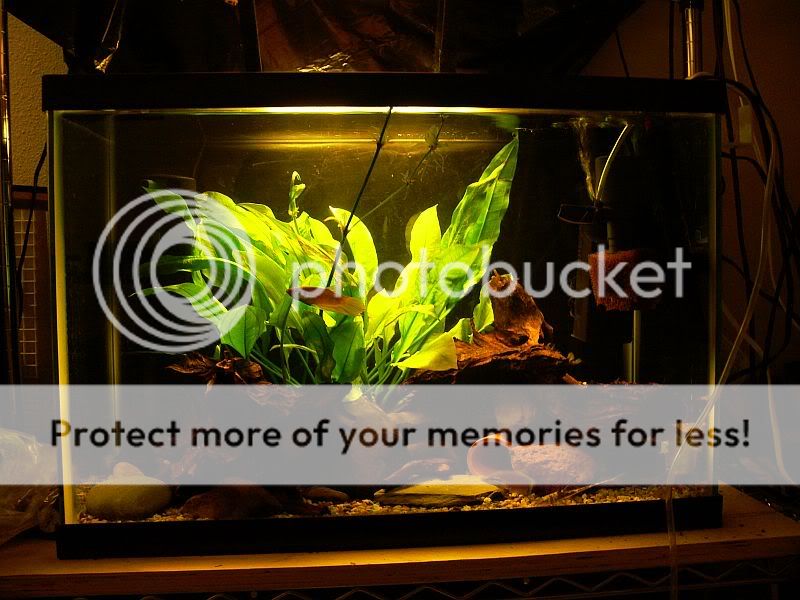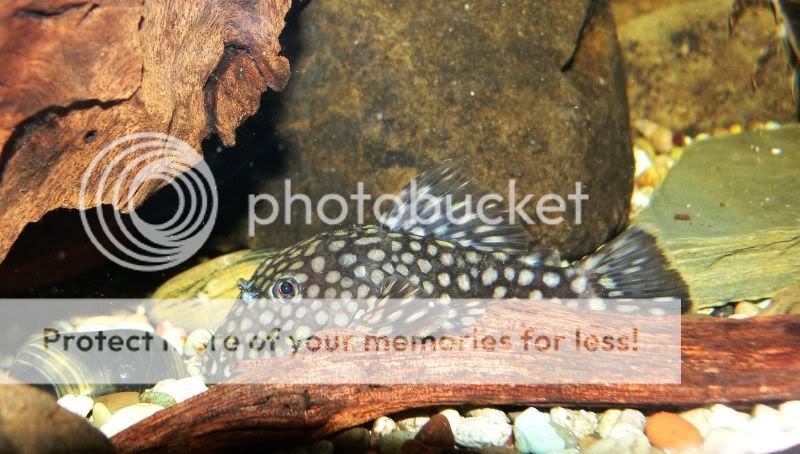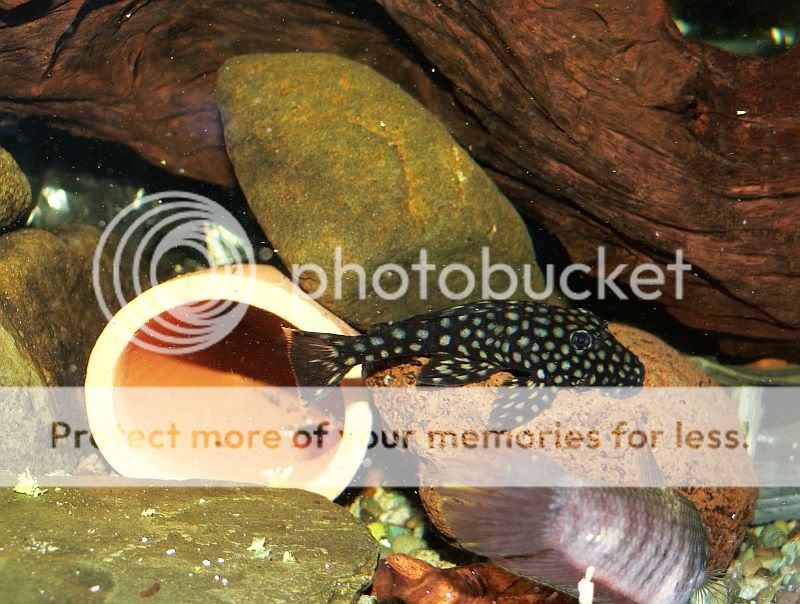All assigned numbers: L309
Name:
Location: Brazil: Pará, Rio Tapajós (São Luis)
Photos:







Appearance:
Compatibility: A fairly peaceful pleco but will become territorial with other ancistrus if restricted in space or hiding spots.
Sexing and Breeding: Same as other Ancistrus, both males and females can develop bristles round the lip but only males develop bristles up the snout. Males also develop forked bristles but this can sometimes be true for females. Adult females are wider when viewed from above. The common bristlenose should breed without any stimulation but a cave or a suitable place should be provided. Once the eggs are laid the male will guard them until they have hatched, under the males watchful eye, the young will eat their egg sac and will then venture out.
Diet: An omnivore which should be more towards a veggie based diet with occasional meaty foods. It is also thought that wood should be supplied for Ancistrus species as they may eat lignin which is found in bogwood, this is presumed due to the fact that they have very long guts similar to panaques. They also extract Aufwuchs from the organic layer that devlops on the wood over time. This plec is also an ideal algae eater for the aquarium.
Water parameters: Temp 23-29 PH 6.0-7.8
A minimum tank size of 60 litres for one, wood and hiding spots should be provided.
Max Size: 10cm.
Bred by: cup
Breeding Log:See below, for comments and question, please use original thread L-309 log
Additional Comments:
Name:
Location: Brazil: Pará, Rio Tapajós (São Luis)
Photos:







Appearance:
Compatibility: A fairly peaceful pleco but will become territorial with other ancistrus if restricted in space or hiding spots.
Sexing and Breeding: Same as other Ancistrus, both males and females can develop bristles round the lip but only males develop bristles up the snout. Males also develop forked bristles but this can sometimes be true for females. Adult females are wider when viewed from above. The common bristlenose should breed without any stimulation but a cave or a suitable place should be provided. Once the eggs are laid the male will guard them until they have hatched, under the males watchful eye, the young will eat their egg sac and will then venture out.
Diet: An omnivore which should be more towards a veggie based diet with occasional meaty foods. It is also thought that wood should be supplied for Ancistrus species as they may eat lignin which is found in bogwood, this is presumed due to the fact that they have very long guts similar to panaques. They also extract Aufwuchs from the organic layer that devlops on the wood over time. This plec is also an ideal algae eater for the aquarium.
Water parameters: Temp 23-29 PH 6.0-7.8
A minimum tank size of 60 litres for one, wood and hiding spots should be provided.
Max Size: 10cm.
Bred by: cup
Breeding Log:See below, for comments and question, please use original thread L-309 log
Additional Comments:
Last edited:




